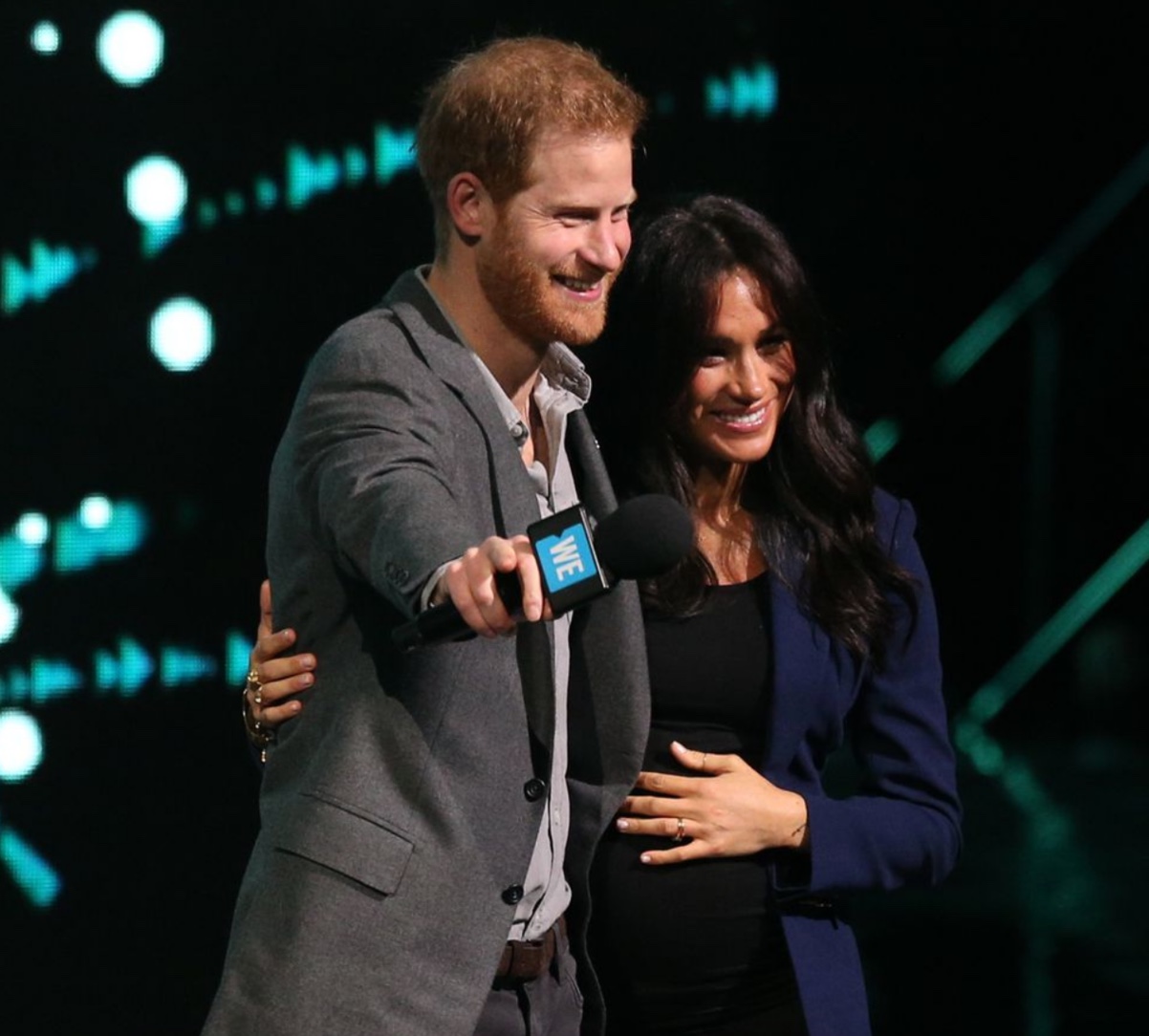The UHNW Conundrum: Not All Millionaires Are the Same
D-Hotel Maris Bay
Global wealth experts, Wealth X on understanding the all important distinctions between the HNW and UHNW traveller.
By Anna Wagner, Marketing Associate and Michael W. Phillips, VP of Marketing – Wealth-X
In the world of luxury, it’s wise to assume that no two clients are ever the same. For luxury marketers, understanding the varying needs and interests of clients within different tiers of wealth is crucial to gaining – and maintaining – new clients and donors.
At Wealth X we have uncovered a handful of best practices to leverage wealth intelligence to effectively tailor any luxury marketing strategy.
The Impact of Giving
The Wealth-X High Net Worth Handbook 2019 reveals that nearly 57 percent of all ultra high net worth individuals (UHNWIs) and just over 36 percent of all high net worth individuals (HNWIs) either donate or otherwise engage in philanthropic activity. While charitable giving and luxury spending may seem like polarised data points, understanding the philanthropic footprint of a wealthy individual can help luxury marketers in several ways.

First, the organisations and causes with which a potential client associates point to their interests and passions. For example, if you know that individual is a long-time donor to the Metropolitan Opera and the Theater Development Fund, you can infer that this individual has a passion for the performing arts and leverage that interest when marketing to them.
Another benefit of philanthropic data is anticipating the spending capacity of a prospective wealthy client. According to the World Ultra Wealth Report 2018, those individuals providing charitable donations in excess of $5 million are generally found among the very top tiers of wealth, holding substantial levels of liquidity.
If you know that a wealthy individual has donated a certain amount of their wealth to charity over the past year, you can more accurately estimate their spending capacity. This knowledge will allow you to tailor a marketing strategy that offers goods and services at a price point that is not above their means, but also – and perhaps more importantly – not a lowball to their level of wealth.
Service with Subtlety
What is appropriate brand marketing for the HNWI audience can verge on the inappropriate for the UHNWIs. Companies need to understand the difference between mass-market luxury (targeting HNWIs) and top-tier experiences (targeting UHNWIs) in order to better service their wealthy clients. What distinguishes the needs of UHNWI from those of their HNWI counterparts? Service.
Luxury brands often fail in reaching the top tiers of wealthy clients by standardising their marketing appeals to HNWIs and UHNWIs. This approach results in brands homogenising their products and services, resulting in the ultra-wealthy searching for bespoke experiences elsewhere. The trick for luxury brands when marketing their products and services is to distinguish between those who indulge in the occasional luxury experience – the HNWI – and those ultra-wealthy individuals accustomed to a luxury lifestyle – the UHNWI. This will help luxury brands target and retain clients.

There are several ways to excel in servicing individuals at different tiers of wealth. Marketing to a single tier of wealth to avoid brand dilution and offering bespoke experiences are both important factors. When targeting the UHNWIs, however, privacy must be made a priority.
For example, in the world of luxury travel, the wealthiest consumers do not geotag their pictures due to privacy concerns, yet many properties pose the risk of other travellers documenting their UHNWI guests. By offering bespoke experiences and targeting a single tier of wealth, instead of attempting a ‘catch-all’ approach, hotels will avoid undermining their goals in attracting and retaining new customers.
Individual vs. Household Wealth
Luxury brands often begin their wealth research by focusing in the individual: their equities and bond holdings as well as other liquid assets, and their real estate and other possessions. While focusing on individual wealth provides an important view of a prospect’s purchasing power, it leaves out an important perspective – their shared assets.
Household wealth is a less conspicuous component to wealth research. Taking household wealth into account can reveal specific interests, passions and hobbies of an individual, which lets you develop an understanding of how and where an individual chooses to spend their time and money.
Consider this: the ultra-wealthy are more occupied by leisure pursuits such as sports and travel than their high net worth counterparts. If you search for individuals who enjoy skiing and whose net worth is at least $60 million, you miss out on those whose individual net worth is below the threshold but whose combined net worth is above. Looking at the combined wealth of an individual and their spouse, for example, you may suddenly find a $120 million prospect for that $20 million ski lodge.

Household wealth also reveals connections to family members and other individuals that can be used to build relationship maps and uncover warm leads when prospecting for new clients. Discounting household wealth when prospecting new clients may undermine your wealth research and ultimately, your bottom line.
Each of these best practices share a common thread: information. By leveraging wealth intelligence, luxury marketers uncover the data necessary to tailor a strategy, product design, or experience that will engage the right client, at the right level of wealth, at the right time.

